Gisburn, The Ribblesdale Arms c.1950
Photo ref:
G286002


More about this scene
The busy A59 road now divides Gisburn, but it still has its cobbled forecourts and white cottages in the main street. Here we will find the Ribblesdale Arms. The plaque above the doorway states that Thomas Lister bought the building in 1635 for 855 pounds. This inn is thronged with cyclists, walkers and visitors in the busy spring and summer months. This village's name was spelled 'Gisburne' until the railway arrived in 1885. The parish boundaries include Rimington, Newsholme, Nappa, Paythorne and other locations. An unusual grave can be found in the churchyard of St Mary - the opening notes of Francis Duckworth's famous hymn 'Rimington' are engraved on the stone. The 1710 tithe barn became a restaurant with a display of old farm utensils, similar to 'th'owd tithe barn' at Garstang. This is a region of salmon-rich rivers indeed, one apprentice complained that he was getting weary of eating salmon! On the Paythorne Road is the bridge where on Salmon Sunday villagers assemble to watch the fish swim and leap upstream.
Add to Album
You must be signed in to save to an album
Sign inShare This Photo
Buy a Print
Unframed, Mounted, Framed and Canvas prints in a range of sizes and styles.
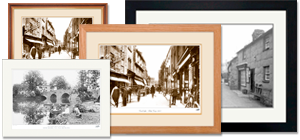
View Sizes & Prices
A Selection of Memories from Gisburn
For many years now, we've been inviting visitors to our website to add their own memories to share their experiences of life as it was, prompted by the photographs in our archive. Here are some from Gisburn
Sparked a Memory for you?
If this has sparked a memory, why not share it here?

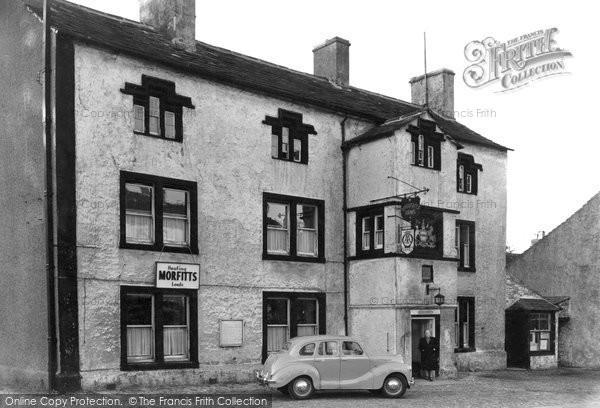
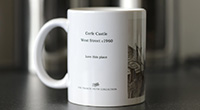
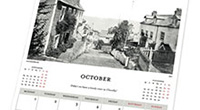
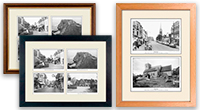
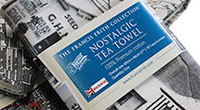

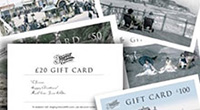
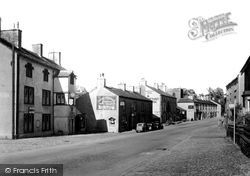
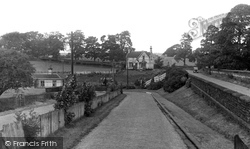
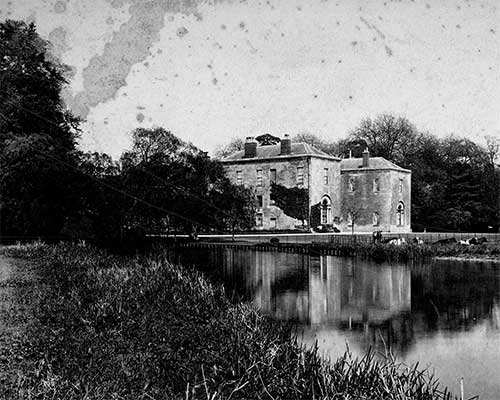 Before
Before
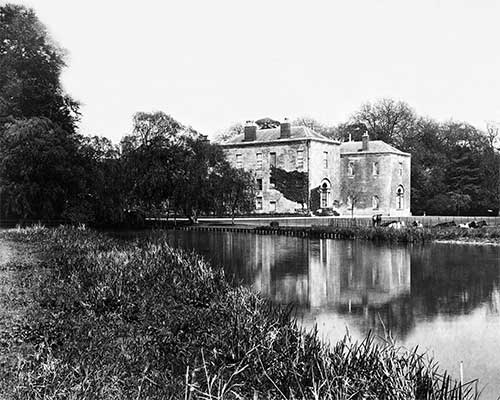 After
After